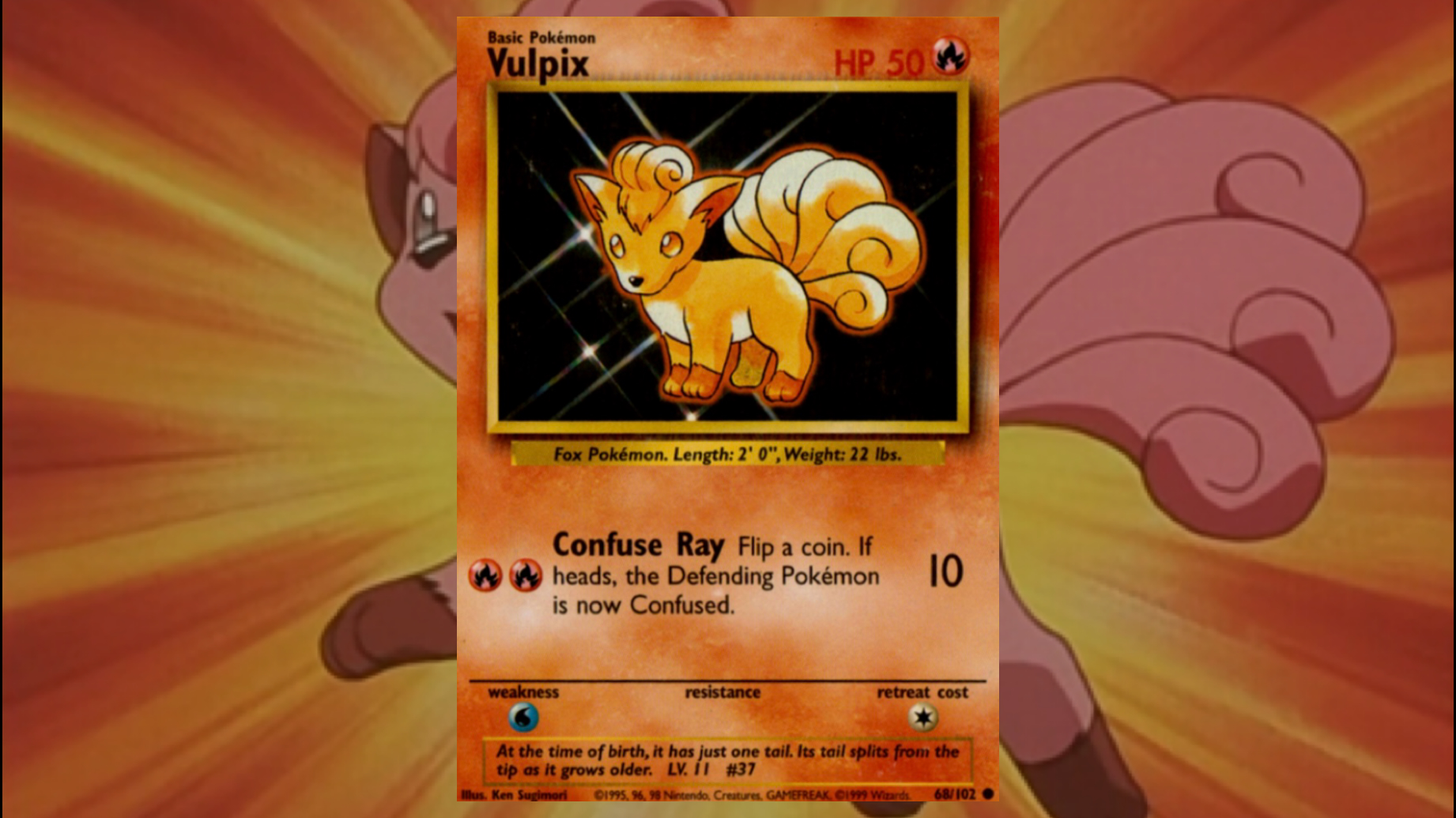Ensuring Your Pokémon Card’s Authenticity in the Booming Market with LEGIT APP
A Pokémon Card Authentication Guide by LEGIT APP

Pokémon trading cards have become a global phenomenon, captivating collectors, investors, and fans alike. With their rising popularity and value, however, comes a significant challenge: the prevalence of counterfeit cards. Authenticating Pokémon cards is crucial to ensure the integrity of your collection and protect your investment. This guide will explore the hype of Pokémon cards, the growing issue of replicas, methods for spotting fakes, and how tools like the Legit App can help in verifying authenticity.
1. The Hype of Pokémon Trading Cards

Pokémon trading cards have transcended their origins as a simple game to become a global cultural phenomenon. Born from the Pokémon franchise in 1996, which exploded into a multimedia empire encompassing video games, an animated series, movies, and collectibles, the Pokémon Trading Card Game (TCG) debuted in Japan in 1996 and reached the United States in 1999. This game quickly captured the hearts of players and collectors, blending strategic gameplay with the thrill of collecting vibrant, character-driven cards. The franchise’s universal appeal, rooted in its iconic creatures like Pikachu and Charizard, has made the TCG a staple in pop culture, fostering a dedicated community that spans generations.

The hype is fueled by multiple factors like nostalgia, investment potential, social media amplifying power, and so on. For 1990s kids, collecting cards is a nostalgic dive into childhood, driving demand for vintage sets and new releases alike. Rare cards, like the first-edition Charizard, fetch thousands at auctions, turning cards into coveted assets. Platforms like YouTube and TikTok fan the flames, with influencers showcasing pack openings and speculating on card values, pulling in new collectors and reigniting old fans. This mix of emotional pull and investment potential has made Pokémon cards a red-hot phenomenon.

2. The Prevalence of Replicas on the Market
With Pokémon cards becoming a lucrative market, counterfeiters have stepped up their game. Fake cards range from low-quality knockoffs that are easy to spot to highly sophisticated replicas that can fool even experienced collectors. The problem has worsened in recent years due to several factors:

A. Increased Demand: The COVID-19 pandemic saw a surge in hobbyists turning to card collecting (eBay reported a 574% increase in Pokémon card sales in 2020), creating a storm for counterfeiters to exploit.
B. Technological Advances: Modern printing technology allows forgeries to closely mimic the look and feel of genuine cards, including holograms and foil patterns.
C. Online Marketplaces: The anonymity and global reach of platforms and social media make it easier for counterfeit cards to enter the market undetected

Pokémon Support acknowledges this issue, stating, "Unfortunately, with a product as popular as the Pokémon Trading Card Game, there are those who will counterfeit our merchandise for their own gain" (Did I purchase fake or counterfeit cards?). They advise buyers to be cautious and recommend consulting specialists or using professional authentication services for valuable cards. As a globally trusted authentication platform, LEGIT APP can also authenticate Pokémon trading cards. Here are some tips you can use to check if your Pokémon cards are real or not from our expert authenticators.
3. How to Check for Differences Between Real and Fake Cards
The market includes various card types—raw cards, graded cards (e.g., PSA, BGS, CGC), sealed packs, and boxes—all of which are targets for counterfeiting. This makes it vital to know how to verify authenticity. Authenticating Pokémon cards requires attention to detail and sometimes specialized tools. Below are the key methods to distinguish genuine cards from counterfeits:

A. Authenticating Raw Cards
Raw (ungraded) cards are the most common in the market and require careful examination. Here are the primary checks:

a. Hologram Effect: Genuine holographic cards have vibrant, shifting patterns that change under different lighting angles. Fakes often have static or dull holograms.

b. Font and Text Alignment: Compare the font style, size, and spacing with known authentic cards. Counterfeits often have inconsistent or poorly aligned text.

c. Color Differences: Check for uniform color on both sides of the card. Fakes might have color discrepancies, bleeding, or duller shades.

d. Advanced Light Test: Use a strong light source to examine the card’s flash pattern more closely. Authentic cards block most light due to an opaque middle layer, while counterfeits may appear transparent.
B. Authenticating for Graded Cards
Graded cards, which have already been authenticated by a grading company like PSA, can still be counterfeited. To verify graded cards:
a. Database Comparison: Grading companies maintain databases of authenticated cards. You can check if a graded card is listed in their system and do the comparison yourself to see if there are any differences.

For example: Search the cert number(on label) at the PSA official database to access detailed information about your card, including official photos. Here are some points you can check for:
Label and Hologram: PSA, for example, uses a holographic sticker that is difficult to replicate. Also, check for any signs of tampering or inconsistency on the label.

Color and Texture: Compare the card's color and texture with the listed images in the database. Counterfeits may have differences in color or texture.

C. Advanced Authentication Techniques
For those high-value cards, when you’re worried that visual inspection is not enough, consider these additional methods:
a. UV Light: Genuine cards may have UV-reactive elements that fakes lack, visible under a UV flashlight.
b. Infrared Light: This reveals differences in card composition, such as the thin black sheet in genuine cards’ cores.
c. High Magnification: A magnifying glass or microscope can check rosette patterns (printing dots). Authentic cards have sharp, consistent patterns, while fakes may appear blurry.
Note: Some “error cards” are genuine misprints from official releases. Verify these through reputable sources before dismissing them as fakes. Like this one, listed with HP 50 instead of 50 HP:

4. Why Authenticity Matters
Ensuring the authenticity of Pokémon cards is essential for collectors, investors, and enthusiasts, as it directly impacts both the emotional and financial value of a collection. Authentic cards carry the legacy of the Pokémon franchise, connecting collectors to a global community and the nostalgia of their childhood. Counterfeit cards, however, undermine this connection, flooding the market with fakes that dilute the value of genuine cards. For collectors, owning a fake card can be disheartening, especially if it was acquired with the excitement of adding a rare piece to their collection. Moreover, selling or trading a counterfeit card, even unknowingly, can damage a collector’s reputation within the community and lead to financial losses.

From an investment perspective, authenticity is non-negotiable. The Pokémon card market has seen cards like the first-edition Charizard sell for hundreds of thousands of dollars, but only if they are genuine. Counterfeit cards have no resale value in legitimate markets and can result in significant financial loss if purchased at a high price. As the market continues to grow, driven by new collectors and investors, the risk of encountering fakes increases. By prioritizing authentication, collectors can protect their investments, maintain the integrity of the market, and ensure that their collections remain a source of pride and value for years to come.

5. Why Choose LEGIT APP
Even with careful inspection, distinguishing between real and high-quality fake cards can be challenging, especially in second-hand markets. Counterfeiters are constantly improving their techniques, making it harder for ordinary collectors to spot fakes. This is where LEGIT APP can be invaluable. LEGIT APP is a cutting-edge, AI-driven authentication platform aimed at protecting our users from counterfeit goods like fake Pokémon cards, fraudulent transactions, and costly missteps in the booming market.

By uploading high-quality images of your card, our authenticators will check all the key features such as holograms, fonts, colors, textures, and more of your card. Our advanced AI will compare them against a vast database of authentic cards. And then, you receive a result confirming whether your card is genuine, giving you peace of mind without needing specialized equipment or expertise. Also, LEGIT APP is very user-friendly, making it accessible for both novice collectors and seasoned investors. Whether you’re buying a rare holographic Charizard or a modern pack, LEGIT APP empowers you to verify authenticity confidently, safeguarding your Pokémon collection and investment.
Download LEGIT APP from App Store or Google Play.
7. How LEGIT APP Works
Using LEGIT APP to authenticate your Pokémon cards is quick and simple. Follow these steps:
A. Open LEGIT APP and tap ‘Start’.

B. Tap Trading Cards.

C. Choose Pokémon.

D. Select Graded Single/Ungraded Singles.

E. Upload the required photos: (clear, high-quality photos are needed)

F. Complete payment, then receive the result within 12 hours.
6. Conclusion
Pokémon trading cards are a vibrant blend of nostalgia, competition, and investment, but their popularity has made them a target for counterfeiters. By understanding the market’s hype, recognizing the prevalence of fakes, and mastering authentication techniques—like checking holograms, font, and color—collectors can protect their treasures. For those seeking extra assurance, LEGIT APP offers a modern, AI-driven solution to verify the authenticity of your Pokémon cards. Stay vigilant, use trusted tools like LEGIT APP, and enjoy the thrill of collecting genuine Pokémon cards!
More valuable insights at LEGIT APP Blog.

 集换式卡牌
集换式卡牌 宝可梦
宝可梦